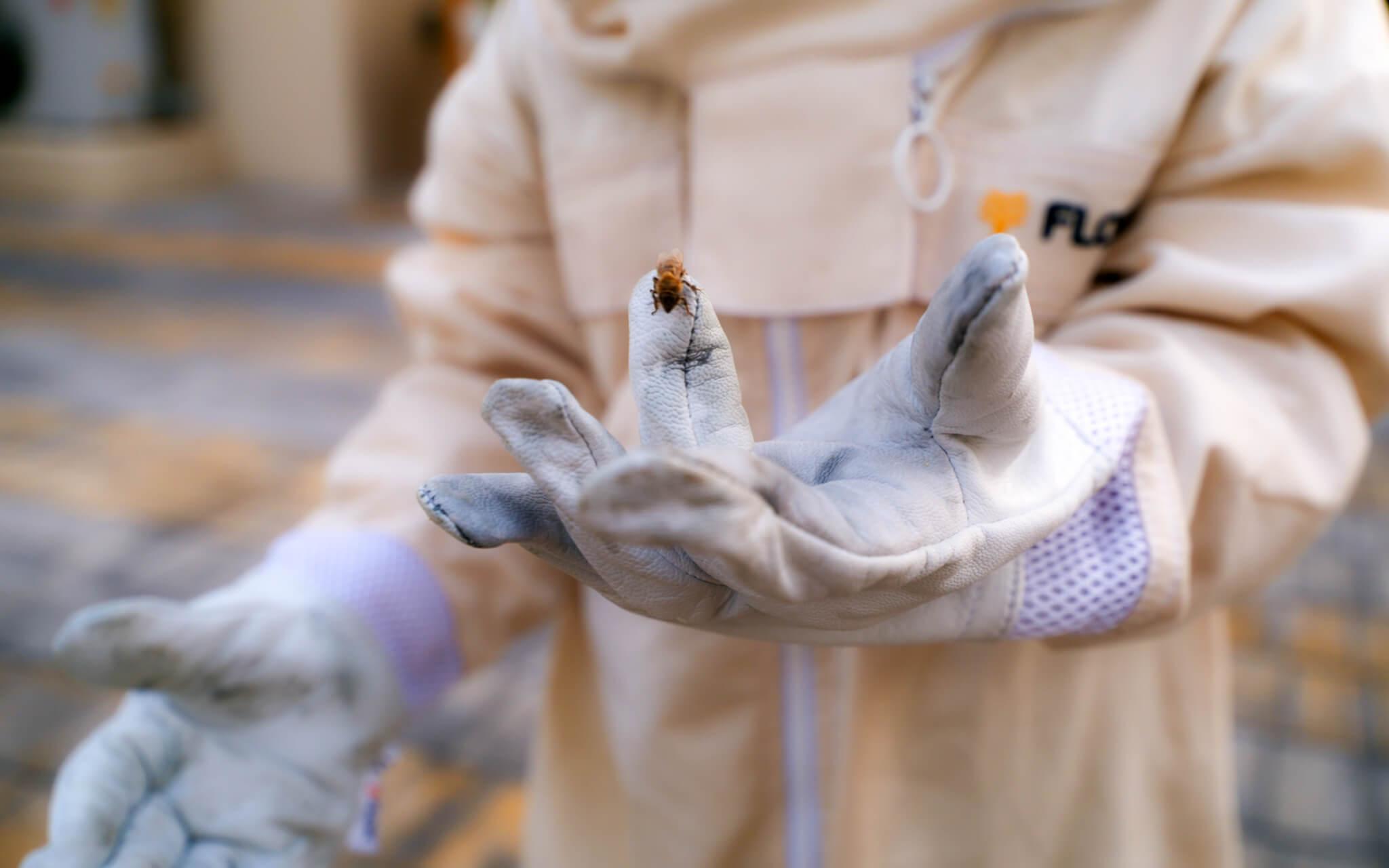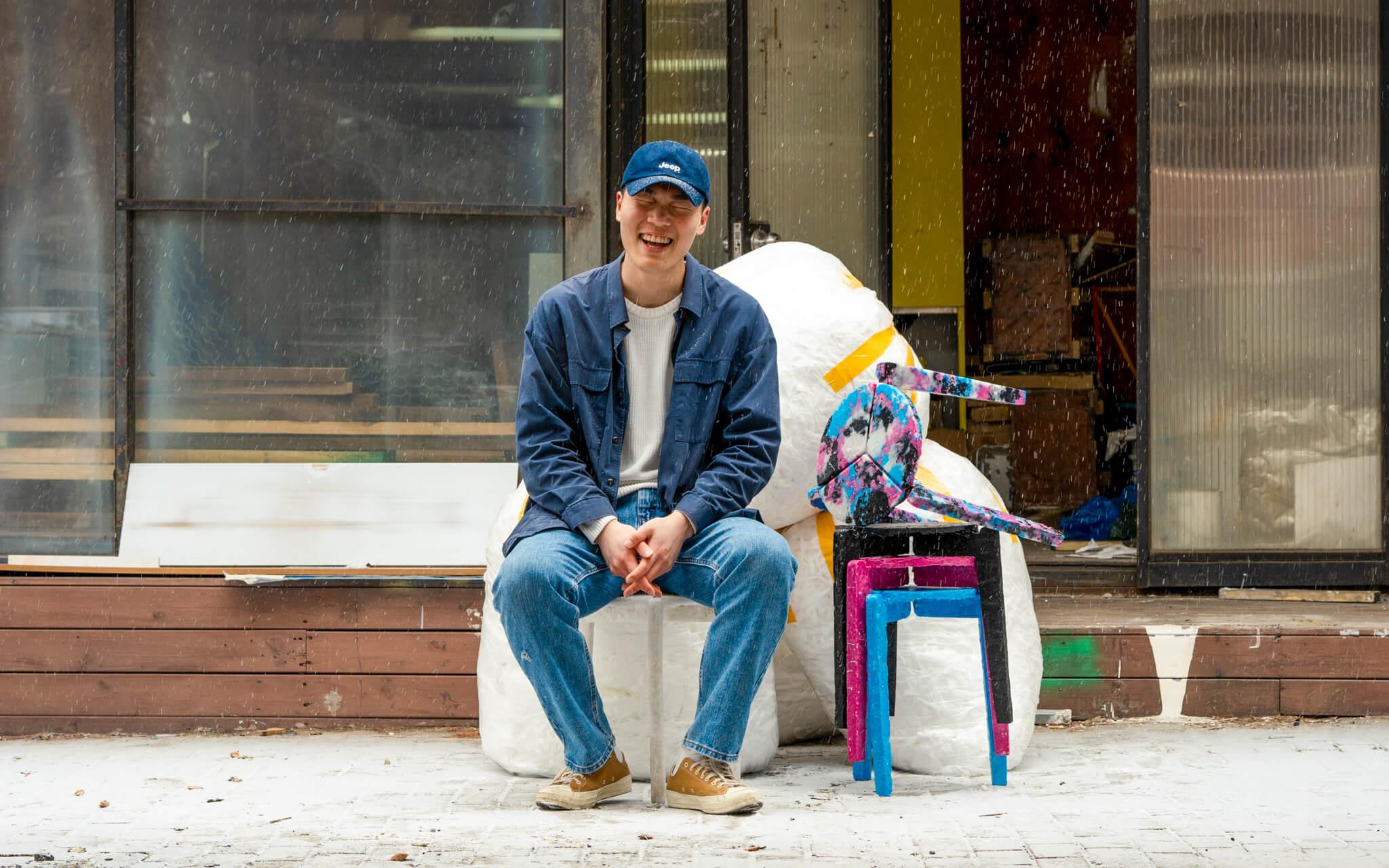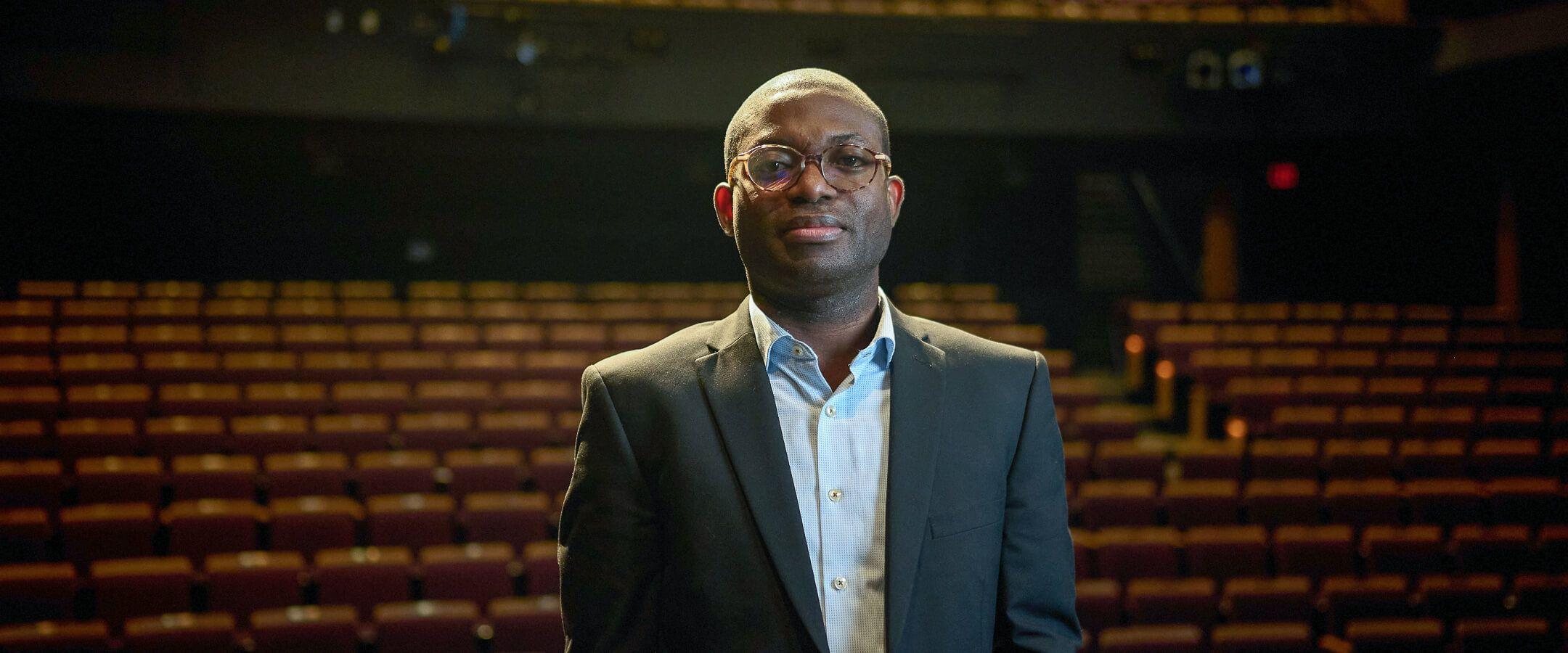British Columbia's River of Clean Energy
In British Columbia, First Nation leaders are facilitating a clean energy transition, an intergenerational effort that showcases the resilience and commitment of regional communities.
The river has many stories to tell.
For Kwatuuma Cole Sayers, the first signs of climate change were seen in the river. Sayers, a member of the Hupacasath First Nation near Port Alberni, British Columbia, and his community have fished sockeye salmon on the China Creek River for generations.
“Growing up on reserve, I could see different schools of fish coming upstream. Now, the river gets so low in the summer, and the salmon get stuck and cannot spawn. Climate change impacts not only the river but the ocean."
"How much longer can we rely on the salmon?” he wonders.
Salmon has a central role in Hupacasath culture, providing a source of food and economic activity. However, many Indigenous peoples across the province face threats to salmon harvest due to the effects of colonisation and climate change. Salmon stocks are declining, and some have collapsed altogether. Industrial dams on salmon-bearing rivers have resulted in the end of migratory salmon for more than seventy years.
New solutions for hydro-power generation are needed to address the interests of Indigenous peoples.
Sayers is the Executive Director of the Clean Energy Association of British Columbia (CEBC), an industry association where First Nations partner with businesses to build renewable energy projects and sell power to BC Hydro, the province’s state hydroelectric corporation. This collaboration is supported by BC Hydro’s enhanced capital plan – a process where BC Hydro solicits bids from independent power producers to meet future energy needs.
These clean energy projects include wind, solar, geothermal, and run-of-river hydro projects, like the one co-owned by Hupacasath. Renewable energy projects not only provide energy security to Indigenous communities but also economic power.
As climate change affects Indigenous communities’ critical fish stocks, solutions are necessary but hard to find. For Sayers, that solution lies further upstream.
The Hupacasath First Nation own a run-of-river project in partnership with the communities of Port Alberni and Ucluelet. The project provides renewable energy and energy security for the communities, but there have been many doubters along the way.
“Some have said that renewable projects were too complicated for First Nations. Well, my mom learned how to build these projects, and now our community is a co-owner, which underscores our resilience and determination to overcome obstacles,” said Sayers.
That path to ownership has led to Sayers’ role with CEBC. For Sayers, the connection to the land is a relationship that goes beyond simple explanation. His mother, Judith Sayers, is the President of the Nuu Chah Nulth Tribal Council and an experienced advocate for clean energy.
“My mom was a long-time CEBC board member. Then I was a board member. My participation is intergenerational.”
Indigenous peoples are connected to their lands and territories through story, language and family relationships. Impacts on the land are considered across multiple generations. Responding to climate change is yet another intergenerational responsibility for families like the Sayers’.
The challenges and opportunities facing Indigenous peoples in British Columbia are as immense as the landscape itself. BC is larger than France and Germany combined, and mountainous terrain covers three-quarters of the land base–glacier-fed rivers are commonplace. These rivers provide ample opportunity for clean energy projects that reduce the impact of large-scale industrial hydro projects. With such abundant rivers, there’s enough clean energy to power many nations.
First Nations, through partnerships or beneficial agreements, represent nearly twenty per cent of Canadian electricity infrastructure. Outside of state utilities, First Nations are the largest aspect of Canada’s electric grid. These benefits are essential for decreasing emissions and providing economic benefits to Indigenous communities.
However, for Sayers, “The broader conversation is energy sovereignty.”
In order to get to net zero, First Nations need to manage the transition. A big part of that is electrification, and as a result, we need renewable energy.
The work that Hupacasath and other Indigenous communities undertake is a critical story for the resurgence of Indigenous power in the climate emergency. With these initiatives, Indigenous communities can transition from dependence on state-owned, emission-producing power to ownership of renewal energy projects.
CEBC is at the forefront of this change. The association is involved with 80 renewable energy projects, which bring together First Nations, local communities, and industry, advocating for clean energy projects across British Columbia.
“First Nations are owners with equity or revenue sharing. This allows flexibility for First Nations on how they want to participate in clean energy; every community is different due to tolerance of risk,” explains Sayers.
Clean Energy BC projects range from small run-of-river projects that produce just over one megawatt of power, such as the Squamish Power Project, to larger projects, like the Arrow Lakes Hydro project in the Slocan Valley, which produces nearly 200 megawatts annually.
“In order to get to net zero, First Nations need to manage the transition. A big part of that is electrification, and as a result, we need renewable energy. Across Turtle Island we need to draw down emissions, and the way to do that is through clean electricity.”
For Sayers, First Nations must be part of the conversation in developing policy alternatives with the government and bringing together communities and industry.
“When I was in university I wanted to be less reactive and more proactive on climate change. I wanted to build an alternative.”
And for Sayers, that alternative flows through the river.
Most Popular
The Climate Tribe delivers stories about Biodiversity and Conservation, Circular Economy, Food and Water , and how they intersect with climate.
Subscribe
Get the latest stories inspiring climate action around the globe straight to your inbox.






